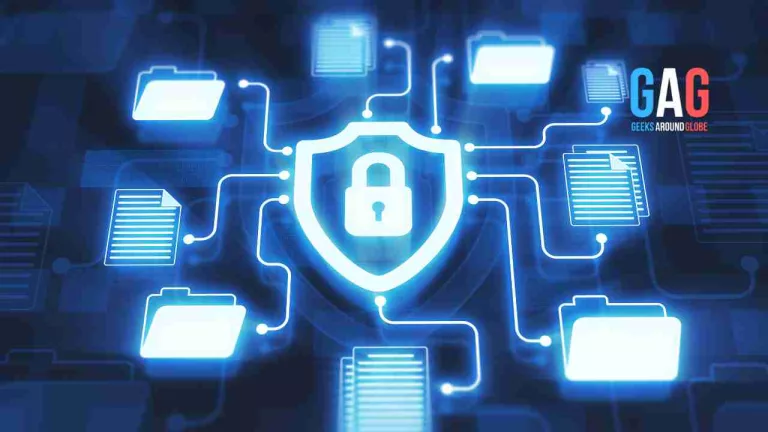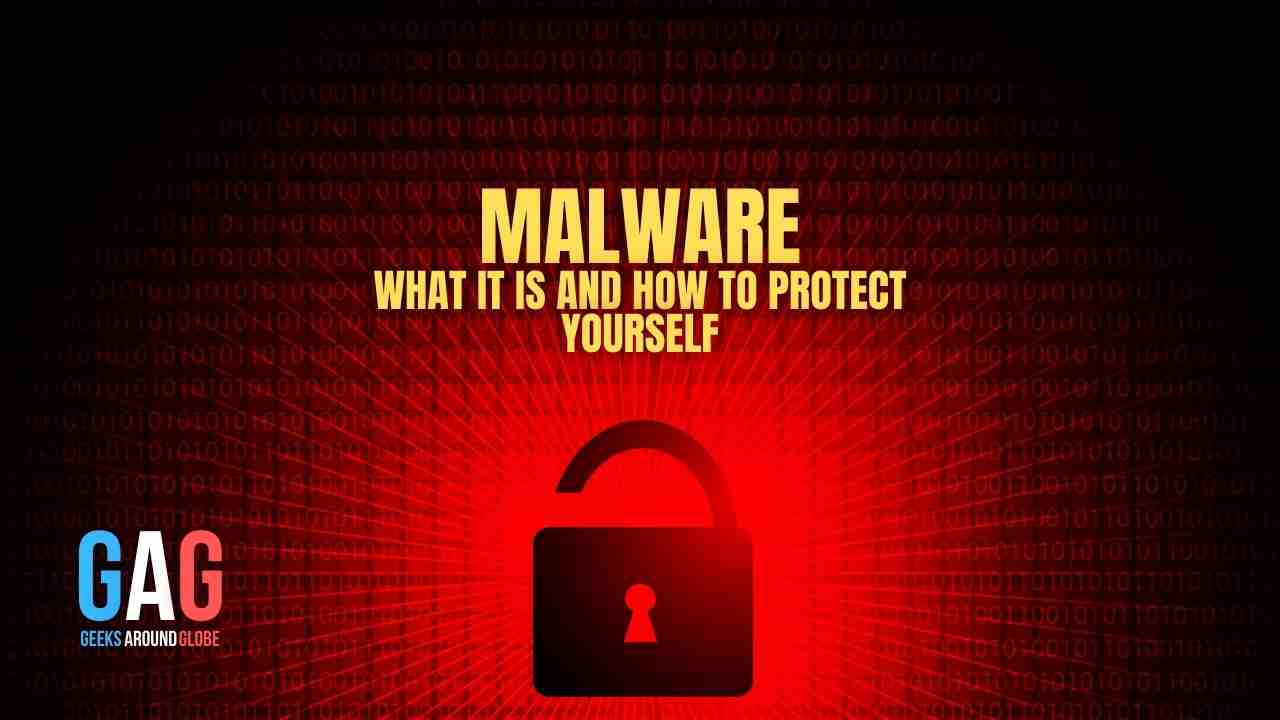Malware and ransomware are both types of malicious software designed to infiltrate computer systems, but they differ in some key ways. Malware is a broad term that refers to any software that is designed to harm, exploit, or take control of a computer system without the user’s consent. Ransomware, on the other hand, is a specific type of malware that encrypts a user’s files and demands payment in exchange for a decryption key. In this article, we will explore the differences between malware and ransomware, including how they are spread, their intended effects, and how they can be prevented. We will also discuss some common examples of each type of threat.
What is malware?
Malware is short for “malicious software,” and it refers to any type of software designed to harm or exploit computer systems, networks, or devices. Malware can take many forms, including viruses, trojans, spyware, adware, and worms, and it can be used to steal personal information, hijack computers for criminal activities, or cause general mayhem.
An example of malware is a computer virus, which is a program that can replicate itself and spread from computer to computer. Once a virus infects a system, it can perform a variety of actions, such as deleting files, stealing personal information, or slowing down the computer’s performance. Another example of malware is a trojan, which is a program that appears to be legitimate but is designed to trick users into installing it so that it can perform malicious actions in the background, such as stealing passwords or allowing unauthorized access to the infected computer.
Malware can be delivered through malicious links or attachments in emails, files downloaded from the internet, or even physical devices like USB drives. It is important to understand what malware is and how it works to protect yourself from becoming a victim of it.
What is ransomware?
Ransomware is a type of malicious software that encrypts a user’s files – so ransomware is malware in a sense, or at least it can be – making them inaccessible, and demands payment in exchange for a decryption key that can unlock the files. Ransomware attacks typically target individuals and organizations with valuable data, such as financial records, customer information, and intellectual property.
One example of a ransomware attack is the WannaCry ransomware attack that occurred in May 2017. The attack affected hundreds of thousands of computers in more than 150 countries. The ransomware exploited a vulnerability in older versions of the Microsoft Windows operating system and spread rapidly through networks, infecting computers and encrypting files. The attackers demanded a ransom payment in Bitcoin in exchange for the decryption key. The WannaCry attack caused widespread disruption, with hospitals, schools, and businesses forced to shut down operations or revert to manual processes.
Another example is the Colonial Pipeline ransomware attack that occurred in May 2021. The attackers used a ransomware variant known as DarkSide to encrypt the company’s computer systems and demand a ransom payment in exchange for the decryption key. The attack caused the shutdown of the pipeline, which supplies gasoline and other fuel products to the eastern United States, leading to shortages and price increases at gas stations. The attack resulted in a significant financial loss and raised concerns about the vulnerability of critical infrastructure to cyberattacks.
It is one of the most dangerous cyber threats out there, as it can cause serious financial losses and data breaches.
Malware Vs Ransomware
Malware and ransomware are two of the most common threats that can affect computer systems. It is important to comprehend the differences between them to protect your data from malicious actors. Understanding the differences between malware vs ransomware will help you identify potential threats and take appropriate action to protect your system from harm. Additionally, it will help you develop better security protocols and policies so that you can prevent future attacks. Let’s look at the differences between malware and ransomware.
At their root, malware and ransomware are both types of malicious software, but they differ in several critical ways.
Here are some of the main differences between malware and ransomware that you need to explore:
Delivery Method
Malware can be delivered through various methods, including email attachments, infected websites, and software downloads. Ransomware, on the other hand, is often delivered through phishing emails, malvertising, or malicious downloads.
Level of Harm
Malware can be harmful in various ways, such as stealing sensitive information, disrupting computer systems, and hijacking networks. Ransomware, however, has a specific goal of encrypting files and demanding a ransom payment, which can result in a significant loss of data if not properly backed up.
Impact
While malware can have a significant impact on computer systems, ransomware attacks can be particularly devastating for individuals and organizations with valuable data, such as financial records, customer information, and intellectual property. If the ransom is not paid, the encrypted files may be lost forever — or even sold off to competitors.
Variety
Malware encompasses a wide range of threats, including viruses, worms, trojans, and spyware, each with its unique characteristics and methods of attack. Ransomware, on the other hand, is a specific type of malware that has a particular goal.
Ease of Removal
Another malware and ransomware difference is that malware can be difficult to detect and remove, and often requires specialized software or the assistance of a cybersecurity professional. Ransomware, once detected, may be easier to remove, but the encrypted files may be lost without a backup or decryption key.
Tip on how to prevent malware and ransomware attacks
Preventing malware and ransomware requires a proactive approach to cybersecurity. Here are some steps you can take to reduce the risk of infection:
- Keep software up to date: Keep your operating system, antivirus software, and other software applications up to date with the latest security patches and updates. Software vulnerabilities can be exploited by malware, and updates often address these vulnerabilities.
- Use antivirus software: Install reputable antivirus software and keep it updated. Antivirus software can help detect and remove malware and ransomware from your system.
- Practice safe browsing habits: Be cautious when opening email attachments, downloading software or clicking on links. Be particularly wary of emails that look suspicious or are from unknown senders.
- Use strong passwords: Use strong passwords for all your online accounts and change them regularly. Consider using a password manager to generate and store strong passwords.
- Backup important data: Regularly backup important data, including documents, photos, and other files, to an external hard drive or cloud storage service. In the event of a ransomware attack, having a backup can help prevent the loss of important data.
- Train employees: Educate your employees on how to identify and avoid malware and ransomware. Consider providing regular training on safe browsing habits, how to recognize phishing emails, and the importance of strong passwords.
- Use a firewall: A firewall can help prevent unauthorized access to your computer or network. Make sure your firewall is turned on and properly configured.
- Be cautious with public Wi-Fi: Public Wi-Fi networks can be insecure, making it easy for cybercriminals to intercept your data. Avoid using public Wi-Fi for sensitive activities, such as online banking or accessing sensitive information.
Preventing malware and ransomware demands you adopt a combination of technology, best practices, and employee training. By implementing these surefire good digital hygiene measures, you can help protect your computer and personal data from these dangerous programs.
Finally, the biggest tip?
Always stay on top of trends. Cybercriminals are incredibly resourceful and creative, the more you know about current ransomware fads, the better you are at preventing them.







